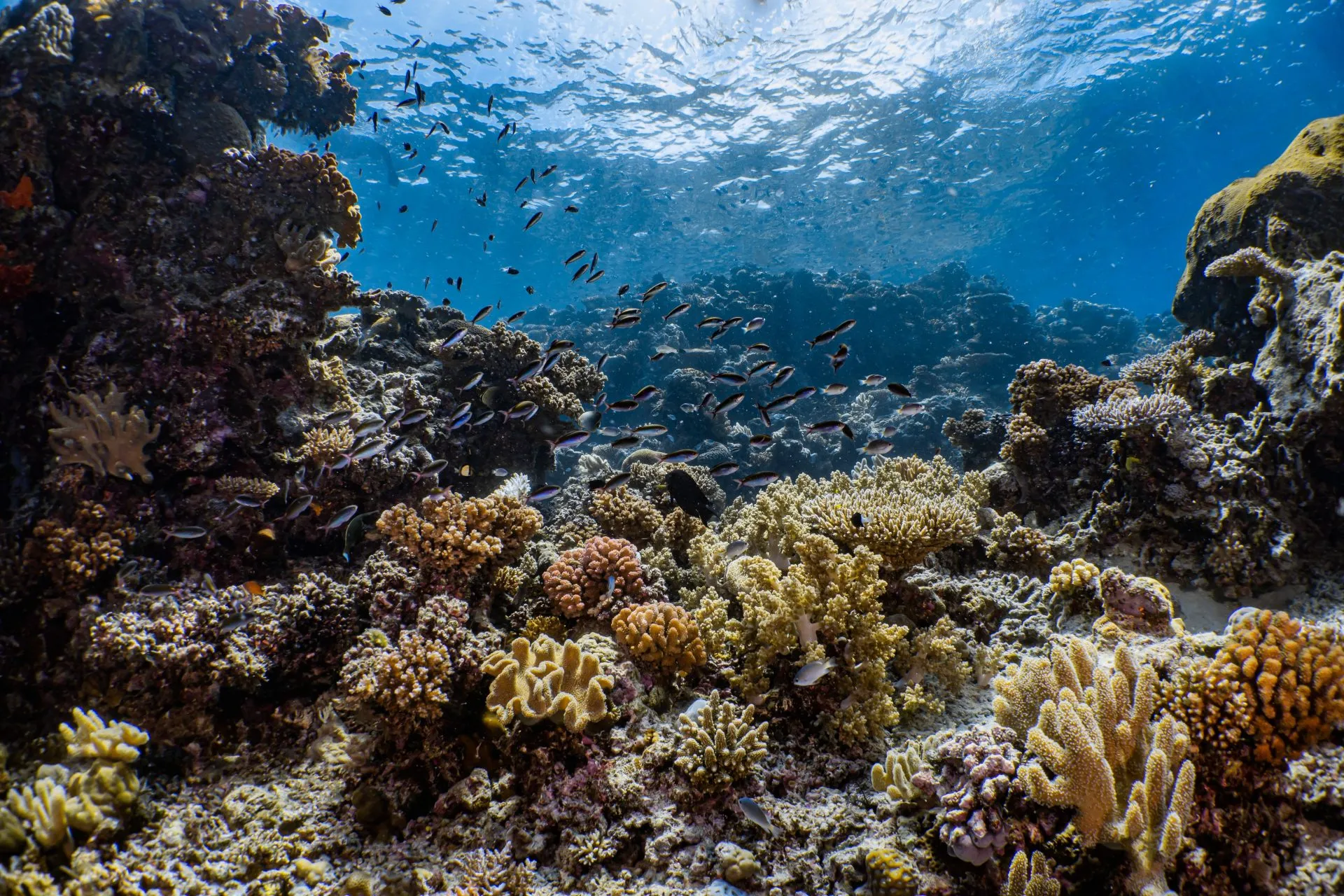By: Daniel Deng
The illicit trade of coral reefs, fueled by demand from aquariums and collectors, is posing a grave threat to marine biodiversity worldwide, according to recent investigations reported by The New York Times.
Across tropical regions, coral smuggling has emerged as a lucrative but destructive enterprise, driven by the allure of exotic marine species for private collections and commercial aquariums. This underground market not only decimates fragile coral ecosystems but also disrupts marine habitats essential for countless marine species’ survival. The investigative report reveals that smugglers often exploit lax enforcement and porous borders to traffic corals, circumventing international regulations meant to safeguard endangered marine environments. The trade involves clandestine harvesting of coral species prized for their vibrant colors and intricate formations, endangering already vulnerable marine ecosystems that struggle to resist climate change and ocean pollution.
“Corals are the backbone of marine biodiversity, providing habitats for fish and protecting coastlines from erosion,” noted marine biologist Dr. Emma Rodriguez adding that “The unchecked smuggling of corals threatens to irreversibly harm these delicate ecosystems.” Efforts to combat coral trafficking are hampered by the clandestine nature of the trade and the lack of robust enforcement mechanisms. Conservationists emphasize the need for international cooperation and stricter regulatory frameworks to curb the demand for illegally harvested corals and protect marine biodiversity.
As awareness grows about the ecological repercussions of coral smuggling, stakeholders including the public and varying scientists advocate for sustainable alternatives and responsible practices within the aquarium trade to ensure the preservation of coral reefs for future generations.
Link to original article: New York Times – Coral Reef Trafficking











